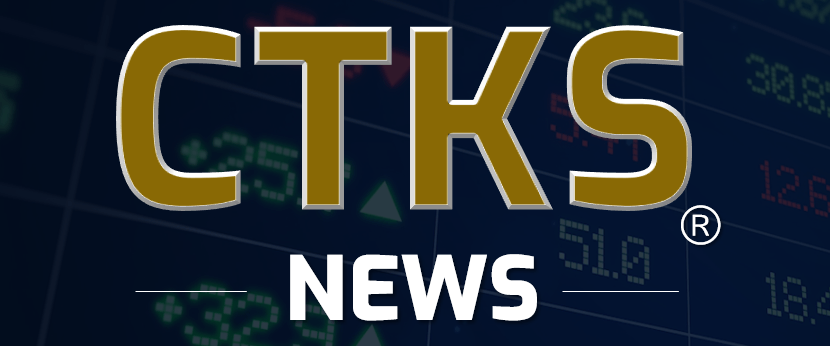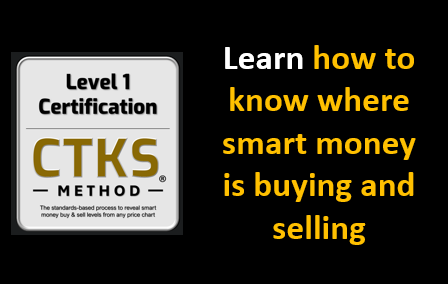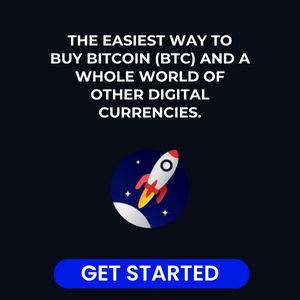In the altering investment panorama, Exchange Traded Funds (ETFs) They established themselves as probably the most widespread and versatile instruments. Within this class, the Active ETFs They captured the eye of traders and consultants alike, as a result of their means to supply energetic portfolio administration and development alternatives.
The Active ETFs managed globally reached a report of 1 billion {dollars} in property on the finish of August, based on knowledge from ETFGI. These funds, not like passive ETFs that replicate indices, sought to beat benchmarks such because the S&P 500he Nasdaq 100 and the Russell 1000 Growth Index via proactive administration by skilled groups.
A New Era in Portfolio Management
The Active ETFs They represented a major innovation in the world of investing, notable for permitting fund managers to make discretionary investment choices to outperform the market. This sort of funds grew quickly due to the regulatory flexibilitythe product innovation and one larger demand for personalised investment options.
It was foreseen that the way forward for Active ETFs will proceed to be promising, with continued development pushed by the seek for custom-made options. The integration of applied sciences reminiscent of synthetic intelligence and the huge knowledge It was additionally projected as a key issue in the evolution of asset administration, permitting managers to make extra knowledgeable choices.
Over the final decade, the Active ETFs They reached a number of necessary milestones:
Significant development: Although Active ETFs They represented solely 7% of all ETFs worldwide, managed to seize 30% of fund inflows in current years, which confirmed a rising desire by traders in direction of this class
42% improve in 2024: Throughout 2024, Active ETFs skilled 42% development in property via August, pushed by extra versatile rules that inspired innovation in out there merchandise
Innovation in the provide: The rest of rules allowed issuers to launch extra specialised merchandise, reminiscent of AdvisorShares Vice ETFwhich invested in industries reminiscent of alcohol, tobacco and hashish, differentiating itself from extra conventional ETFs
Market focus: 75% of property in Active ETFs was held by the highest 10 issuers, whereas the underside half solely managed 3%, reflecting sturdy focus and issue in attracting traders
What’s the Difference Between an Active ETF?
Unlike the Passive ETFswhich faithfully replicated a reference index, the Active ETFs They allowed managers to make energetic investment choices with the aim of outperforming the market. This method concerned a Rigorous inventory choicea fixed portfolio rotation and one dynamic danger administration
Factors that Driven its Growth
Regulatory flexibility: The evolution of the regulatory framework facilitated the launch of latest Active ETFsincreasing the provide out there to traders
Product innovation: Issuers developed extra inventive merchandise, from ETFs targeted on particular sectors to classy investment methods
Increased demand: Both institutional and particular person traders sought custom-made investment options able to producing larger risk-adjusted returns
Key Benefits of Active ETFs
Potential for larger returns: Investment managers Active ETFs They had the chance to determine alternatives in the market and generate alpha, that’s, returns above benchmark indices
Diversification: These funds supplied a variety of methods, permitting traders to construct diversified portfolios aligned with their monetary targets.
Transparency: When listed on the inventory market, Active ETFs offered a excessive stage of transparency relating to composition, efficiency and prices
Liquidity: The excessive liquidity of the Active ETFs allowed traders to purchase and promote shares at any time throughout the buying and selling day
Specialization: The Active ETFs offered entry to particular market segments, reminiscent of small and medium-sized corporations, rising markets or particular investment themes
Greater volatility: Due to their energetic nature, Active ETFs might expertise larger volatility in their costs
Higher prices: The administration prices of those funds have been often larger than these of the Passive ETFswhich might have an effect on long-term profitability
Selection danger: The success of a Active ETF depended largely on the supervisor’s means to make sound investment choices
Concentration danger: Some Active ETFs have been concentrated in a restricted variety of securities or sectors, growing publicity to particular risks
The way forward for Active ETFs introduced itself stuffed with alternatives They have been anticipated to proceed rising in recognition as traders continued to hunt extra refined and personalised investment options The incorporation of applied sciences reminiscent of synthetic intelligence and the huge knowledge was reworking asset administration, permitting managers to make extra knowledgeable and environment friendly investment choices
The Active ETFs They represented a major evolution in the world of investing, providing flexibility, transparency and the potential to generate larger returns. However, additionally they carried vital risks, so traders wanted to rigorously consider alternatives earlier than making choices.
In abstract, the Active ETFs supplied a gorgeous choice for traders searching for extra energetic administration of their portfolios, though they required an intensive analysis of the related risks earlier than investing















